As a history lover, living in Washington, D.C. is like being a kid in a candy shop. No matter where I go or what street I turn down, there’s always statue, museum, or memorial to be investigated.
As a person who doesn’t like crowds, living in Washington, D.C. is like a personal hell. Every summer throngs of tourists from across the world descend upon the city. The National Mall becomes the world’s largest open-air classroom for 8th graders, lines to enter Smithsonian museums stretch around the block, and the food trucks noisily form an impenetrable wall to block the view from Lincoln to the Capitol.
But this year things are different. The field trips were cancelled. The museums are all closed. The food trucks are parked elsewhere. The Mall is empty and the monuments stand silent.
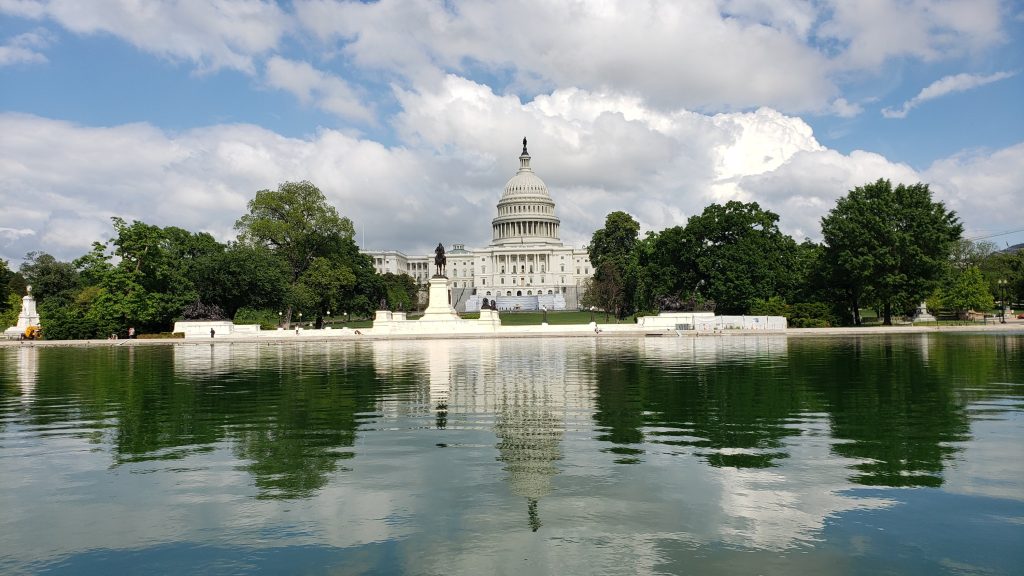
It’s become cliche to say that the Coronavirus has changed everything or that nothing will be the same–to say that we’ve entered a “new normal.” But seeing D.C. go from a place packed with people from across the globe to a quiet, empty city has been peculiar.
Monuments and memorials have always fascinated me and nowhere are they more easily studied than the National Mall. Part of Pierre L’Enfant’s original plan for the District, the Mall has always been the place for America to display its ideals. While the Victorians planted elaborate gardens and constructed a rail station in the middle of the Mall, the land has since been restored largely to be in line with L’Enfant’s original goal.
Sweeping down from the Capitol on the eastern edge, visitors enjoy clear sight lines to the Washington Monument as they stroll along open grass or upon gravel walks beneath leafy trees. While you can well beyond it, the Mall technically ends at the Washington Monument. The space between the Monument and Lincoln Memorial is actually separate, but with how the space flows, one would never know.
Through the trees on either side stand many of America’s greatest museums such as the National Museum of African American History and Culture and the National Art Gallery. Tucked between some of these buildings are smaller structures. Just off the beaten path, the District of Columbia War Memorial and John Ericsson Memorial provide quiet points of reflection.
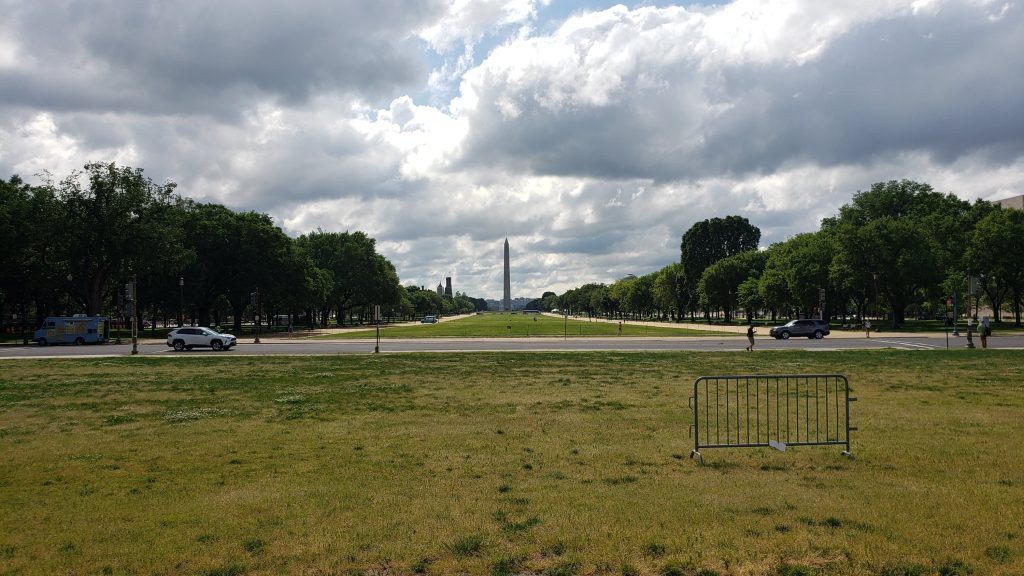
This brings us back to the Summer and tourist season. From March to September, much of these stunning views are disturbed by lines of food trucks that block the line of sight from the Capitol to Lincoln. Peace and quiet are hard to come by, as shrieking children and loud adults ignore “Quiet Please” signs.
However, this Summer things are different.
Normally Memorial Day Weekend would be one of the busiest stretch of days in the Capital. The unofficial start of Summer, it’s the perfect time for families and friends alike to visit. But Memorial Day in D.C. is also unique compared to any other big city.
While many cities have monuments that pay homage to those who passed serving their country, nowhere has as many in as small an area as D.C. With the World War II, Korean, and Vietnam War memorials practically all next to each other and Arlington National Cemetery just across the Potomac, millions of Americans make pilgrimages to these sites to honor those who died.
This Memorial Day is the first time I’ve been able to see that.
Without the noisy families or the inconsiderate visitors, the memorials stand free and unmolested. For once I was able to sit in the WWII memorial and marvel at it without having to wade through crowds. I sat down, listened to the fountains, and allowed myself to read the names of each state and territory carved into the pillars. I walked slowly around the water’s edge and heard the words of Eisenhower, Roosevelt, Nimitz, and MacArthur etched along the walls. I reflected on the immense sacrifice every American made in the name of freedom.
I also heard a little girl laughing as she jumped in the water, calling after her dad and jarring me from my meditative state. But far from shaking my head at the apparent disrespect, I smiled.
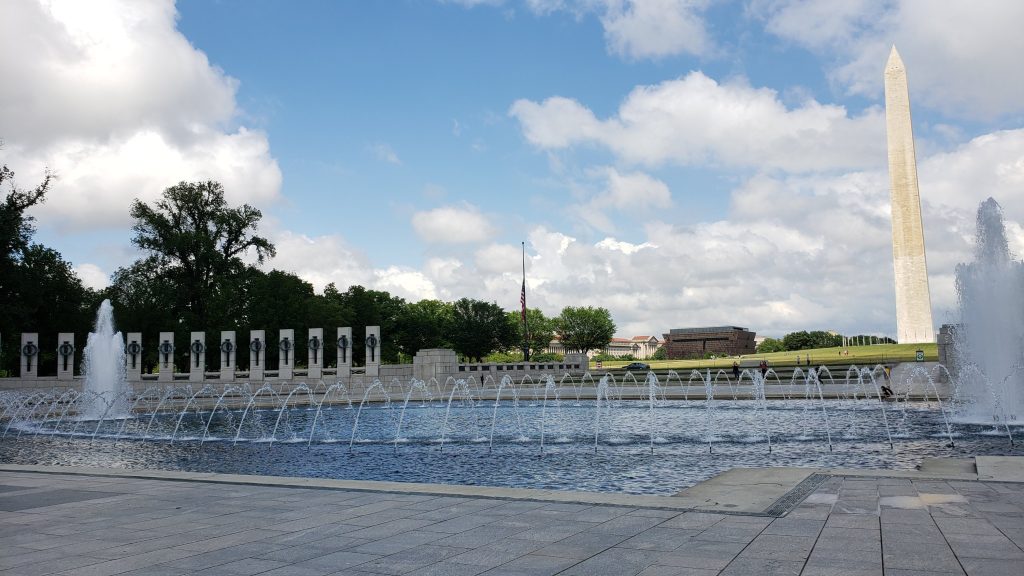
Watching the little girl run around and leap from the fountain to her father’s arms made me realize something. Maybe the loud noises weren’t disrespectful to the memory of the soldiers honored in the memorial around us. Instead, maybe it was a testament for what those soldiers had fought and died.
If the National Mall is a place to display the ideals America stands for, shouldn’t one of those ideals be acceptance? The Mall is a place where people from across the world of all different backgrounds can come together in observance of these ideals.
Monuments and memorials aren’t meant to stand silently. They’re meant to be interacted with, touched, walked along, and interpreted. Of course, all of this should be done respectfully, but there’s more to these structures than just stone and marble.
You can’t keep monuments as isolated, lone monoliths–only to be visited by a select few in silence. Without people, these structures become cold–a remarkable feat given how stiflingly hot D.C. can be.
So for now I’ll enjoy the quiet D.C. that we have. I’ll visit the monuments and walk the parks while wearing a mask and keeping my distance from the few others there. But I also look forward to next summer and hope that the millions of sweaty, loud, obnoxious, respectful, wonderful, and curious tourists return.
Memorial Day and D.C. just aren’t the same without them.
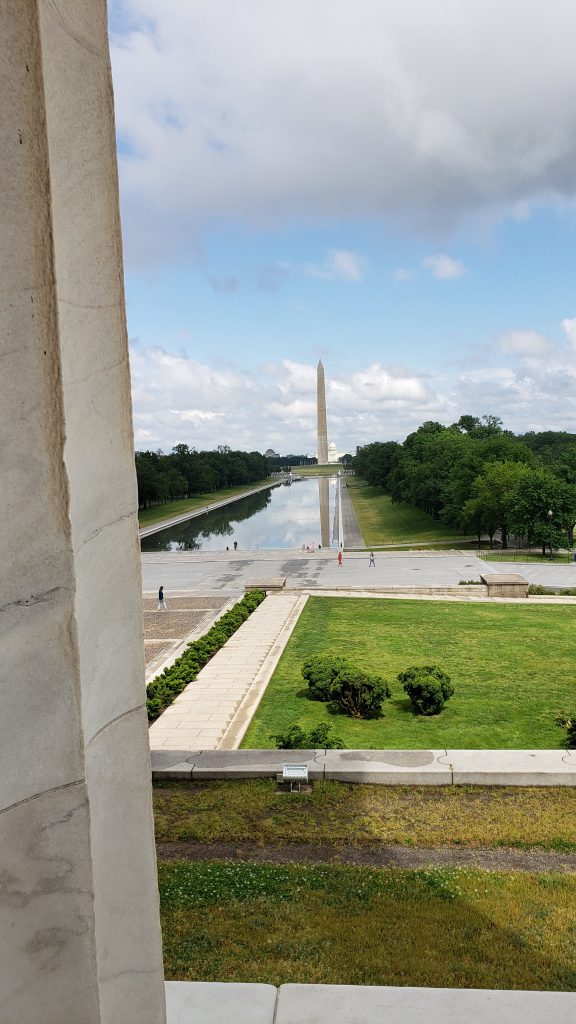
Note: For anyone wanting to have the kind of quiet, alone experience, I recommend going to the monuments early in the morning or later in the day. February is also a very quiet, slow month in D.C. so plan a visit then and you’ll have many of the museums, monuments, and spaces to yourself!
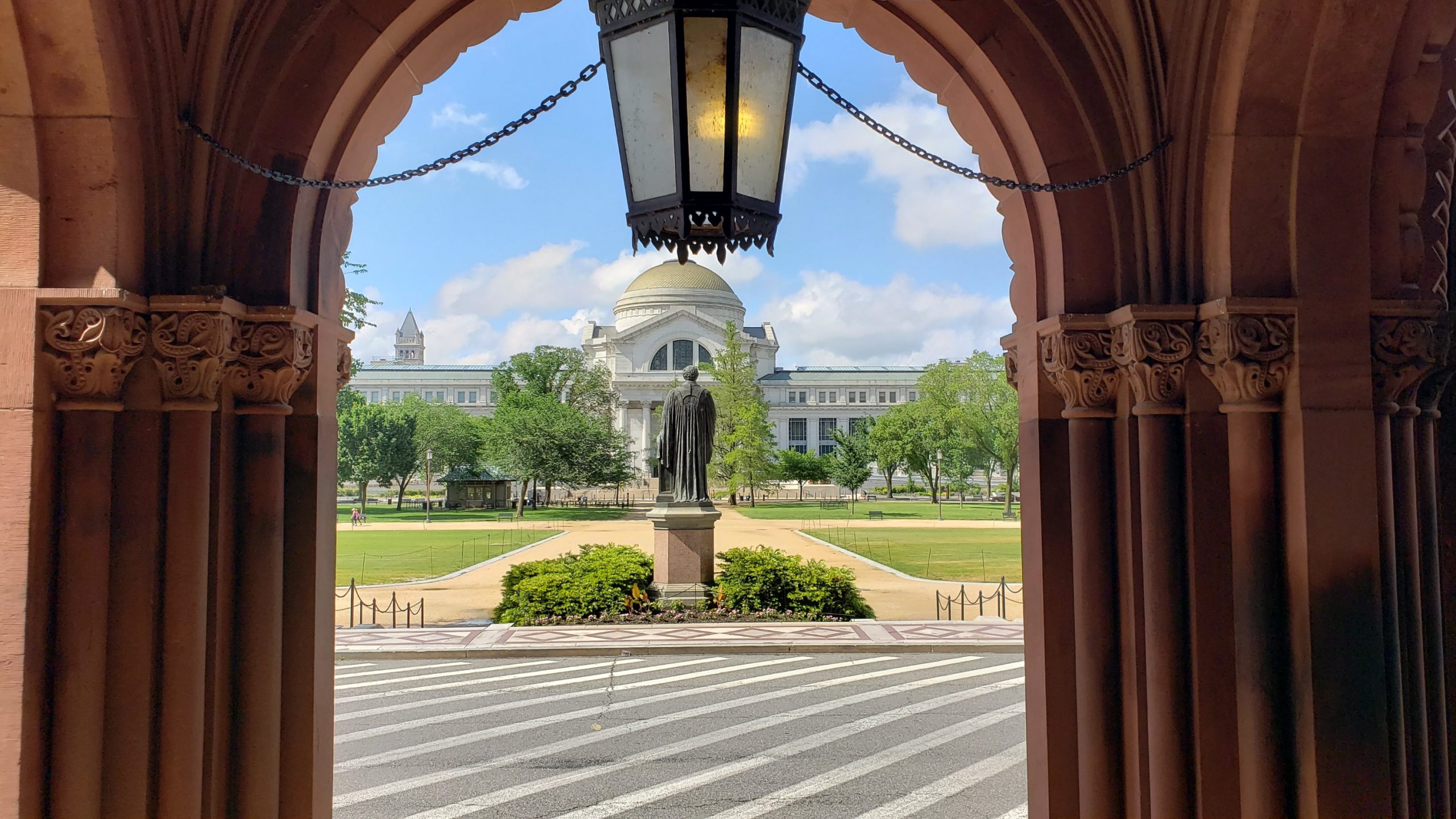
Leave a Reply